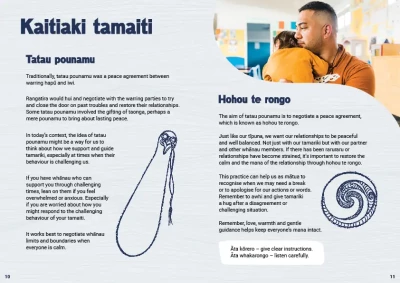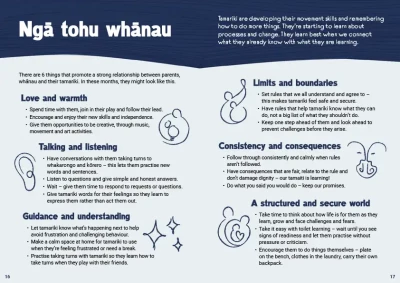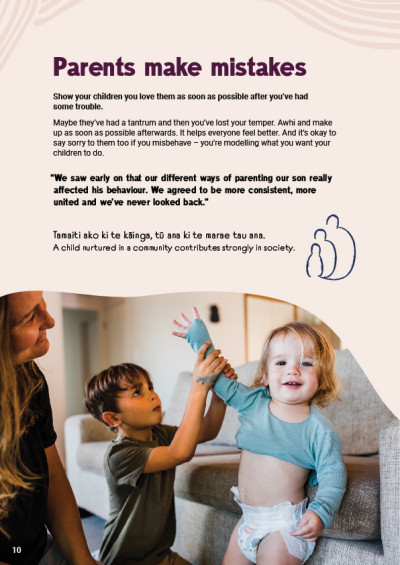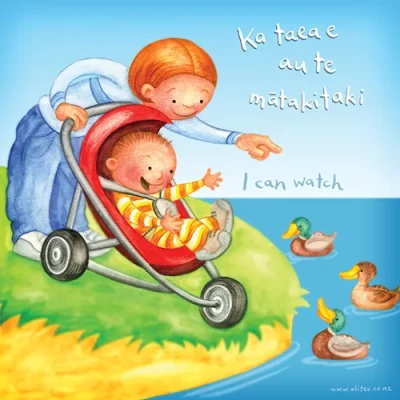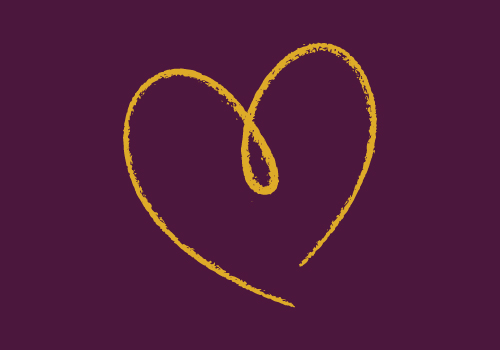
Tatau pounamu
All whānau have disagreements, but there are ways these can be resolved peacefully. Tatau pounamu symbolises a doorway towards peace.
Traditionally, tatau pounamu was a peace agreement between warring hapū and iwi. Rangatira would hui and negotiate with the two parties to try to close the door on past troubles and build new relationships. Some tatau pounamu involved gifts of taonga , perhaps a greenstone mere, to bring about lasting peace.
A tatau pounamu might help today to support and guide tamariki, especially at times when their behaviour is challenging and is upsetting or frustrating their whānau. It works best to negotiate whānau limits and boundaries when everyone is calm.
Peaceful relationships
Just like our tīpuna, we want our relationships to be peaceful and lasting. The aim of our tatau pounamu is to make peace – houhou te rongo. So if there has been raruraru , it’s important to restore the calm. Whānau can show their tamariki that talking about problems can help, as well as looking for better ways to address any arguments in the future. Love, warmth and gentle guidance helps keep everyone’s mana intact.
Remember:
- Āta kōrero – be clear in your instructions.
- Āta whakarongo – listen carefully.
Considering the issues
Tatau pounamu at an individual whānau level does not mean that gifts must be exchanged so peace can reign. It might mean making time to think and talk about the issues or challenges facing the whānau and affecting their relationships. Whether the problems are between the parents themselves, or between them and their tamariki, or the extended whānau, anything that affects the wellbeing of the mokopuna deserves attention.
Influencing mokopuna
At this age mokopuna are listening and watching and taking their cues from the people around them about how to behave. They will be noticing if the kōrero around them is negative, or the behaviour is aggressive or antagonistic.
Being able to make peace, forgive and move on, however difficult it may feel at the time, can be beneficial in the long term. Whānau are showing their tamariki that no problem is so big that it can’t be helped by open and honest kōrero. The symbol of the tatau pounamu can simply be a visual reminder of the commitments made towards peace within the whānau.
Whāia te iti kahurangi, ki te tuohu koe me he maunga teitei.
Conversation ideas
Learn more
Helpful resources for whānau
-
Children's Voices<
Children's VoicesChildren's voices is a compilation of interviews with young children from many different backgrounds and cultures. Their words inspire parents to think about what really matters.
-

E Tū Whānau
A movement for positive change developed by Māori, for Māori. Take action in your community and support whānau to thrive.
-
Te tatau pounamu – the greenstone door
Te Papa Tongarewa
An exhibition created by Te Papa working closely with Ngāi Tahu, featuring more than 200 pounamu taonga.
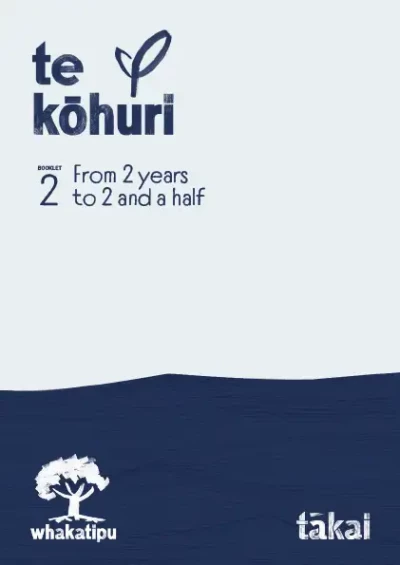 pdf 12 MB
pdf 12 MB
